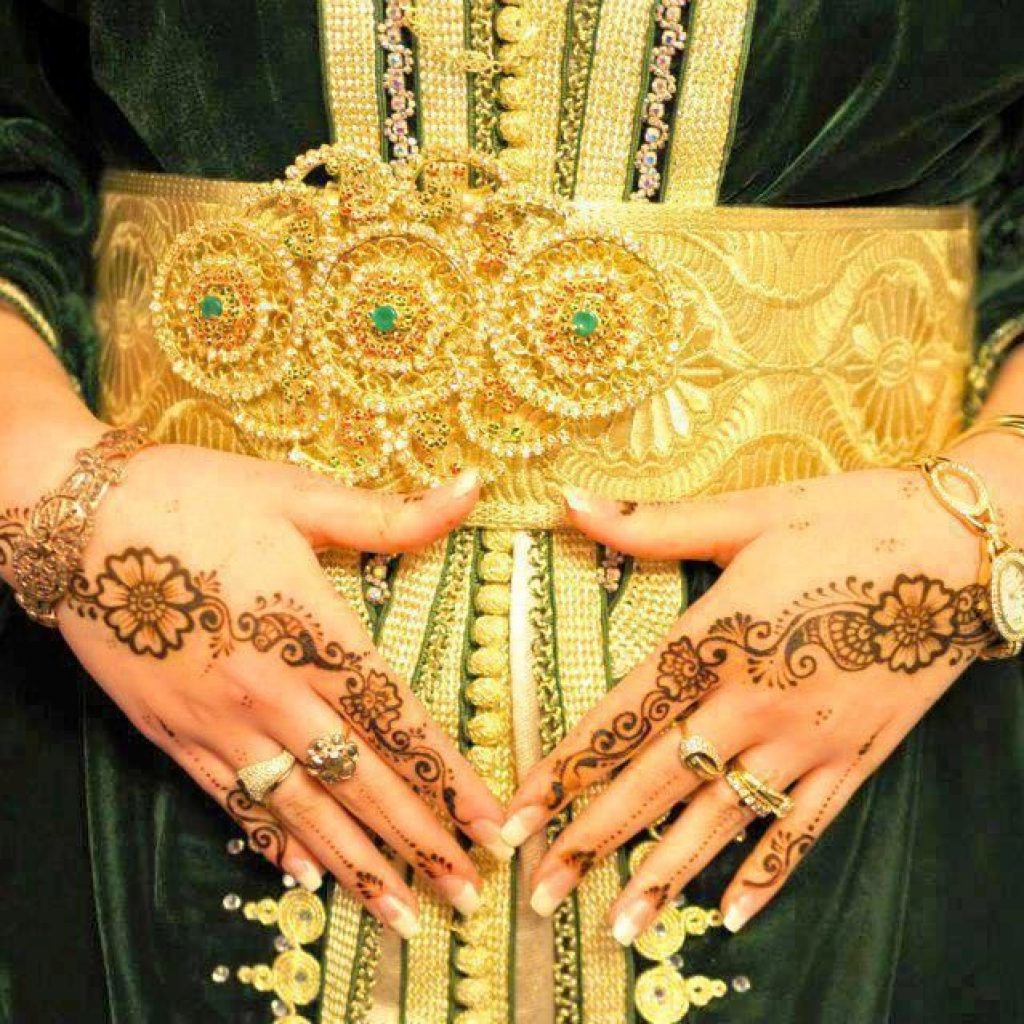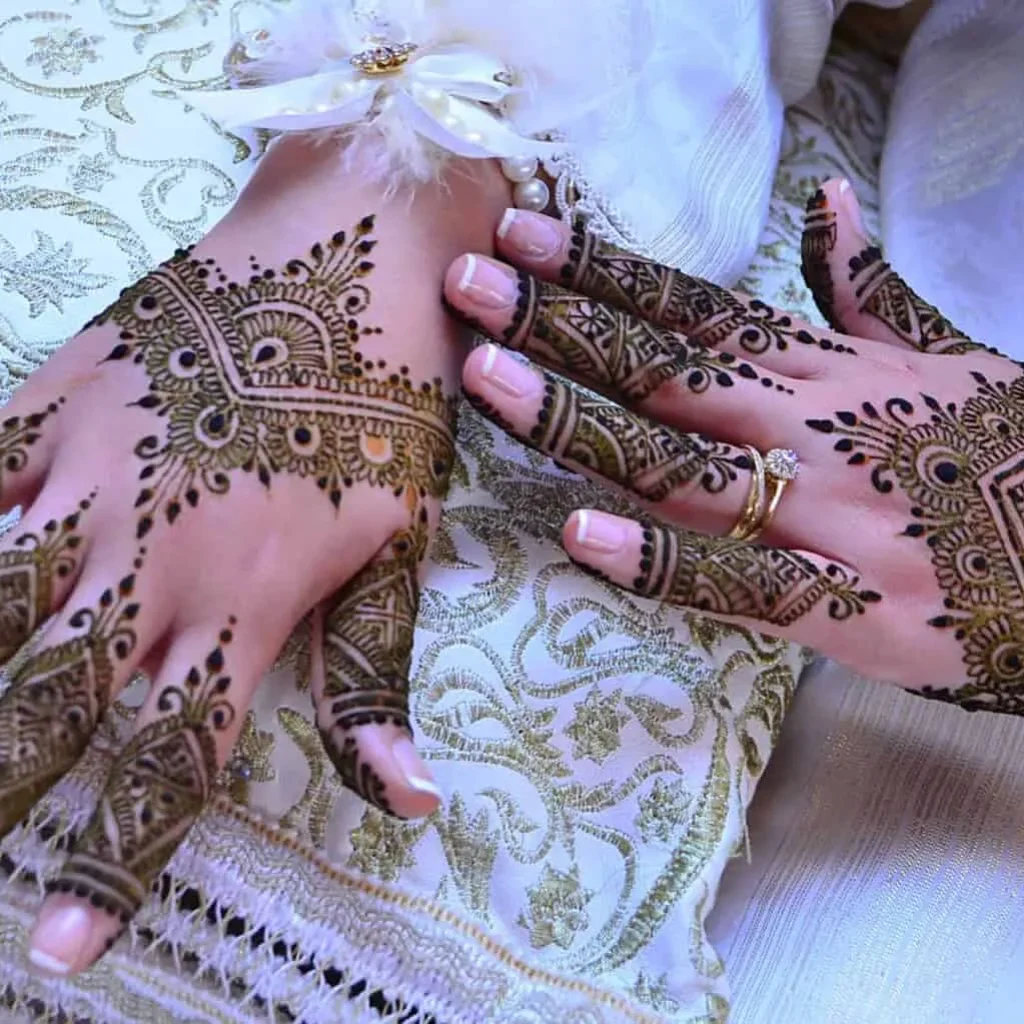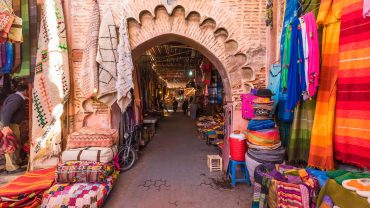Moroccan henna is one of the oldest established Moroccan traditions. It has been known to all the people of Morocco since ancient times, and it has been passed down from generation to generation until it reached us today, and the Moroccan people still adhere to it as a long tradition that expresses its Moroccan identity and the identity of its ancestors.
The meaning of Moroccan henna day:
The day of henna is also called Hanna in Moroccan culture, the word henna which means “finding grace” during the traditional Moroccan henna ceremony. The future bride tattoo must be through artistic engravings that include the hands and feet of the bride by A family member or friends whos experienced in henna tattoos. Through this work, the bride wants to thank her husband forever.
The symbolism of the Moroccan henna party:
According to the customs of Moroccan society, during the henna ceremony, the woman goes from the engagement period to become a wife, and once the ceremony ends, men who also want the young woman’s hand must lose all hope of marrying with her.
When and where the henna ceremony is happening?
The henna ceremony must take place one week before the religious wedding, some husbands only do this the night before the wedding, and in any case as mentioned above, the henna day aims to sublimate the young woman before her wedding night, the henna night as it is called, is an important step in the tradition Moroccan since ancient times.
It always occurs in the evening and only among women, it is traditionally done in the homes of the bride’s parents, and the groom’s family who also goes to the party can participate in it with the gifts provided by the husband consisting mainly and as a traditional custom of sugar and eggs.

Dresses accompanied by Moroccan henna
According to tradition, the bride should wear a henna dress, generally, it should be green because it is the color of henna when it is placed on the woman’s skin, yet we see more and more women wearing turquoise blue or pink kaftans.

How to reveal the traditions of Moroccan henna?
The face of the bride is hidden by a silk veil, and she sits on golden embroidered cushions for the party, because when she sits, the gifts that her husband presents at her feet are placed, and next to her we find “ladies of honor” carrying candles until the end of the party, candles that are consumed once because the bride is preparing to receive tattoos With henna with Nequasha ( Experienced tattoos lady ).
The Nequasha that will apply the aesthetic of Moroccan henna is called on the hands and sometimes on the feet of the young woman according to her desires. The Nequasha has a duty of sublimation at best at the hands of the bride, which must be more beautiful than all women on the henna evening, and to do this the Nequasha uses henna leaves mixed with the essence of eucalyptus and a little water of orange blossoms to obtain a final smooth dough.
Once the Moroccan henna is inscribed on the future bride, the Nequasha covers the bride’s hands with beautiful silk gloves that match her clothes, while the women sing to honor her and delight her wedding.



Comment (0)